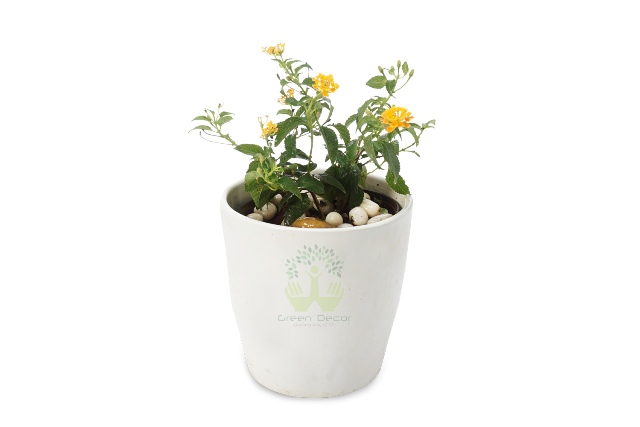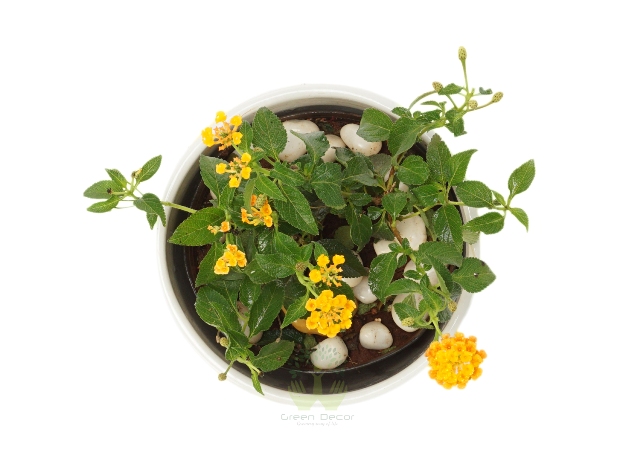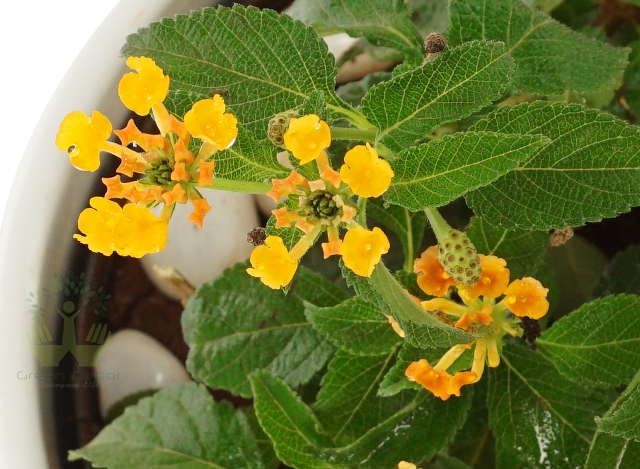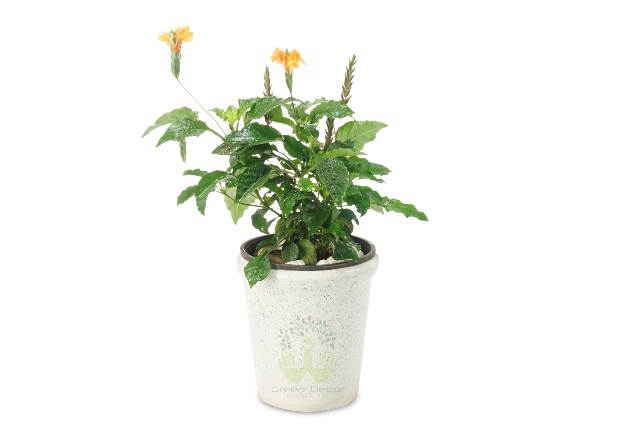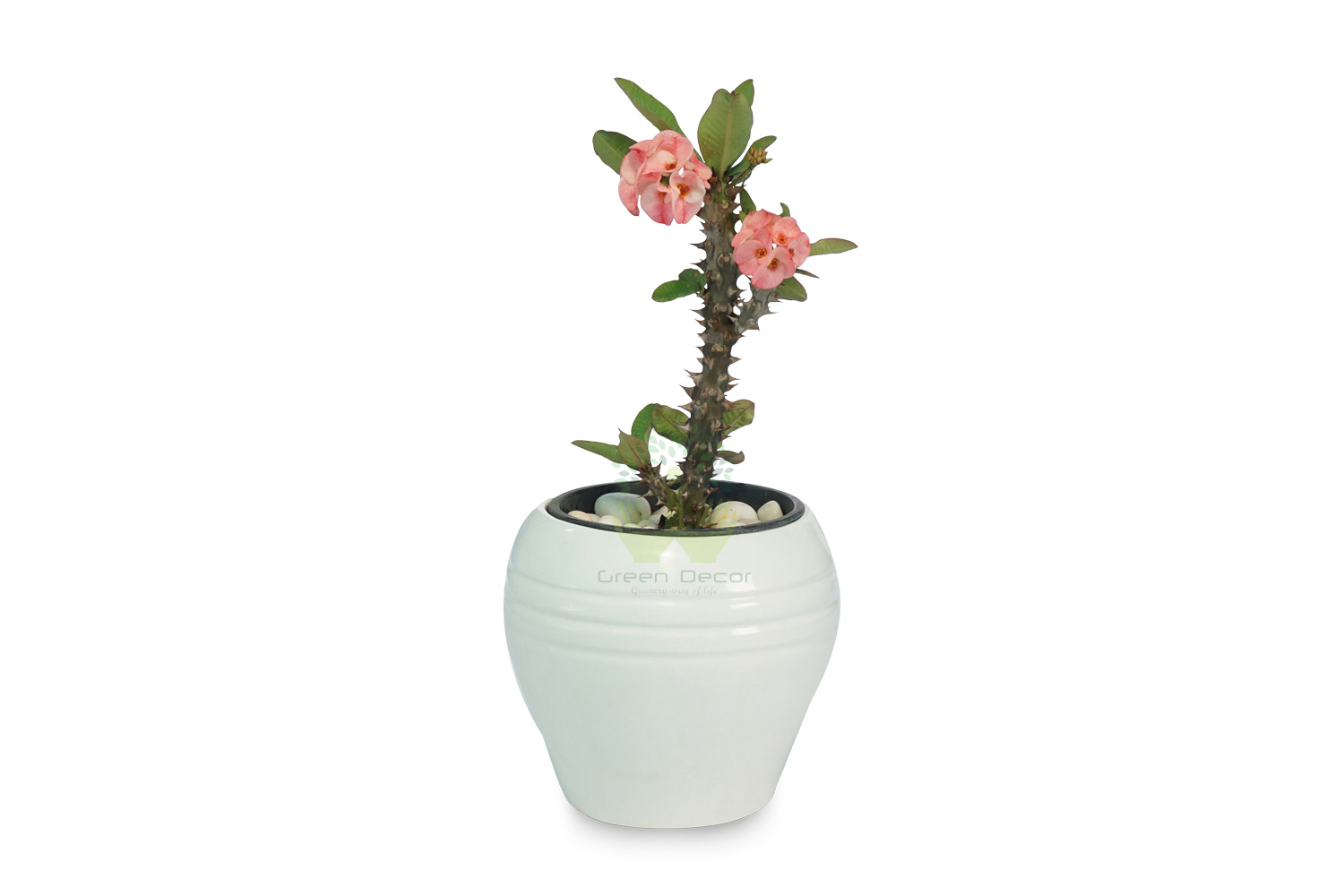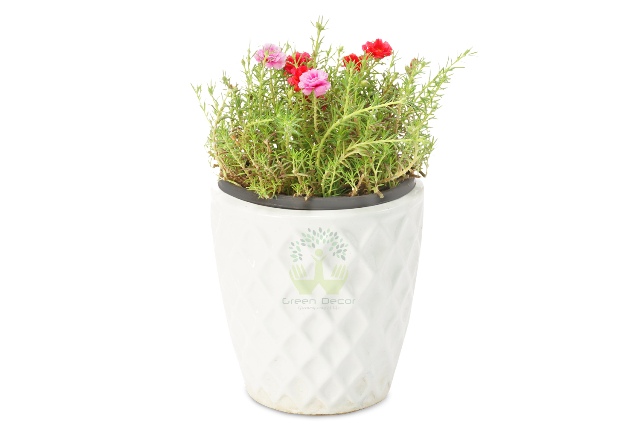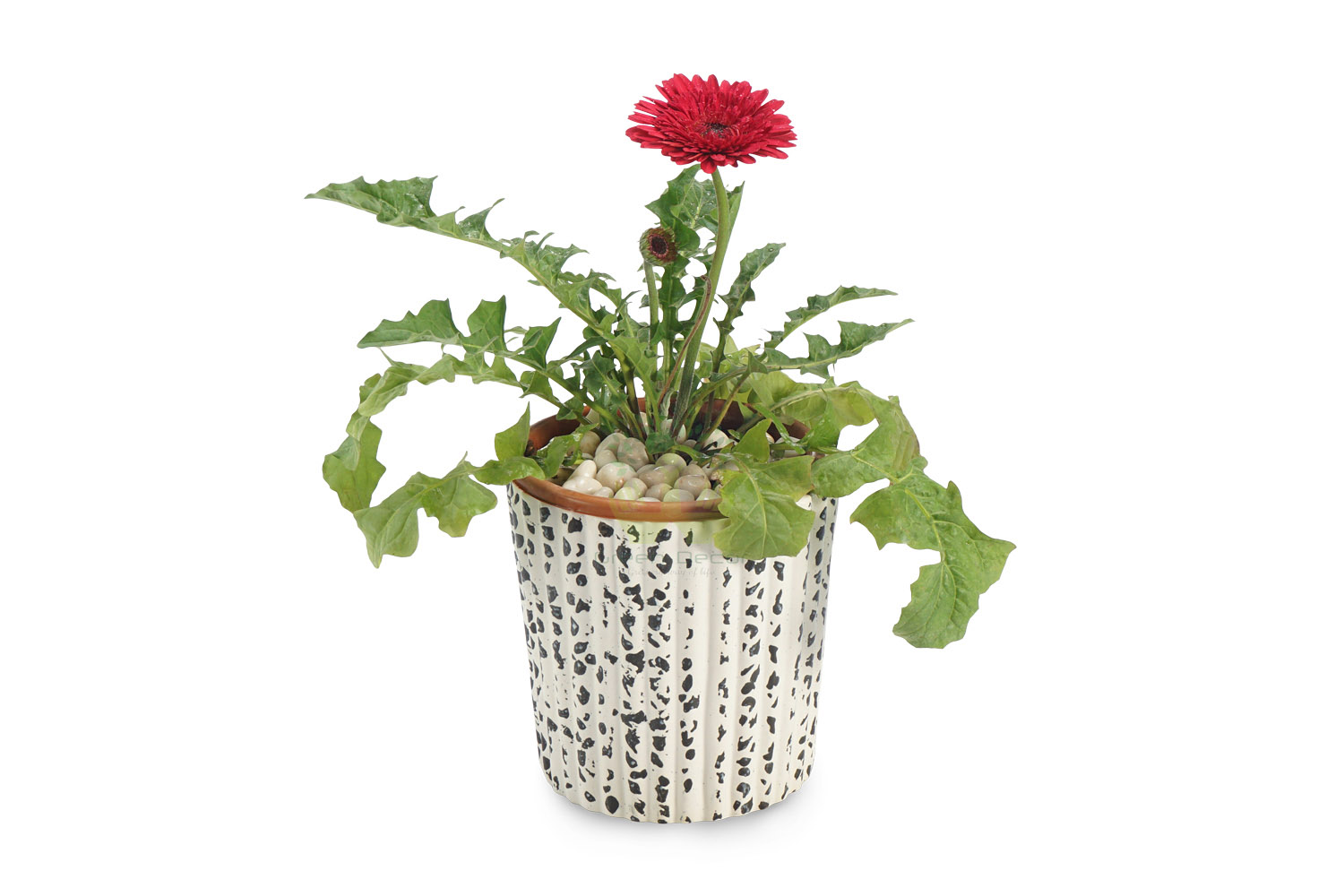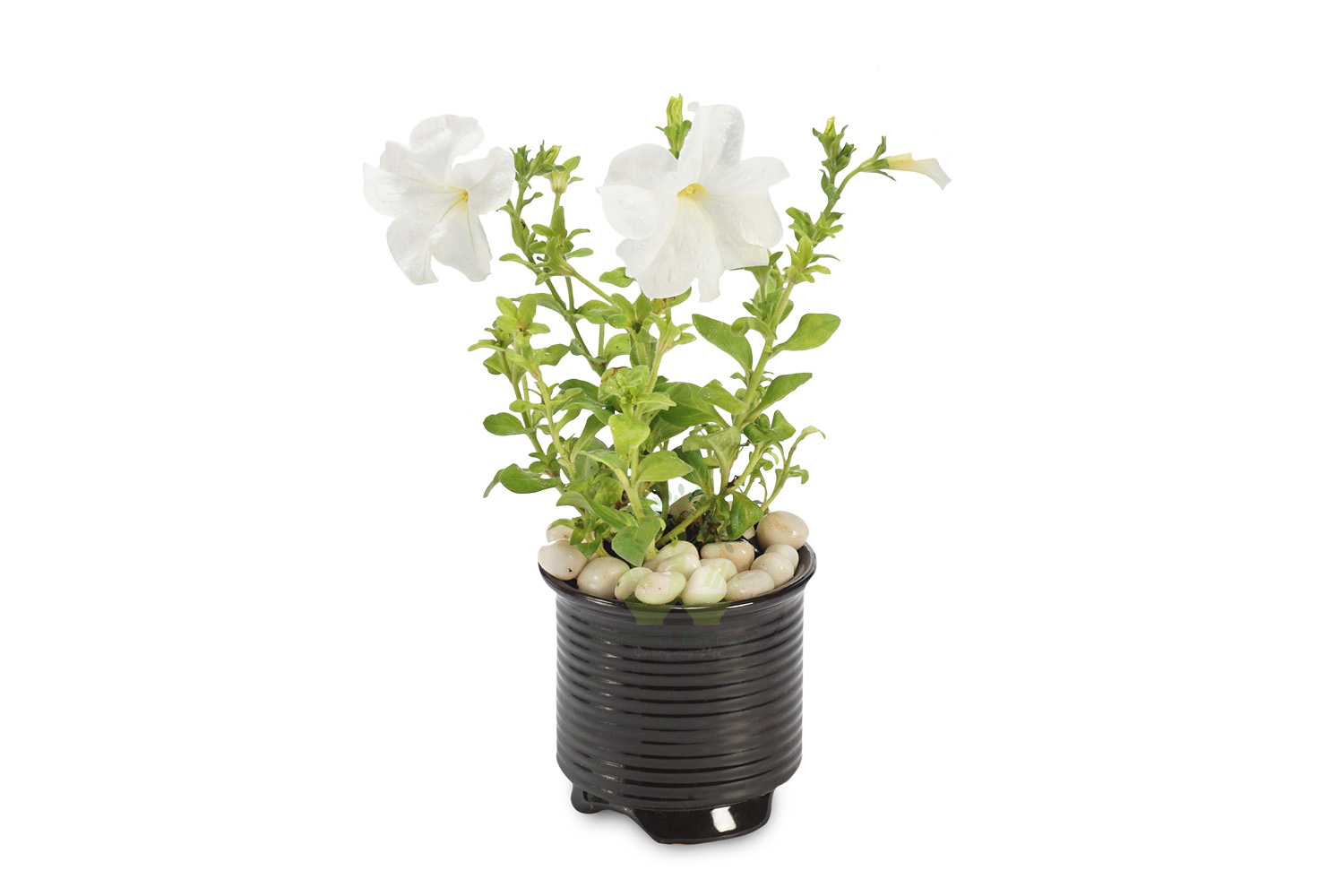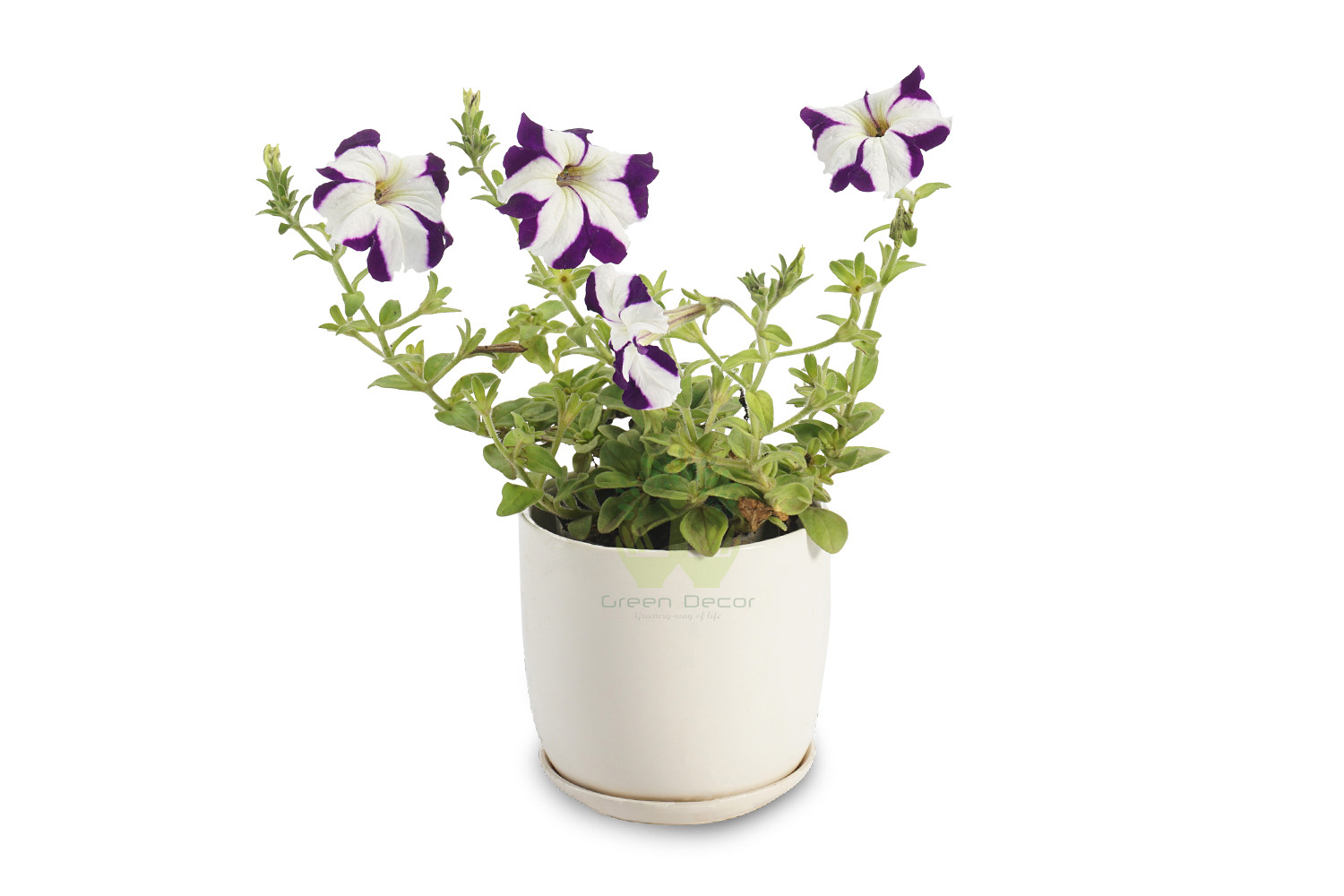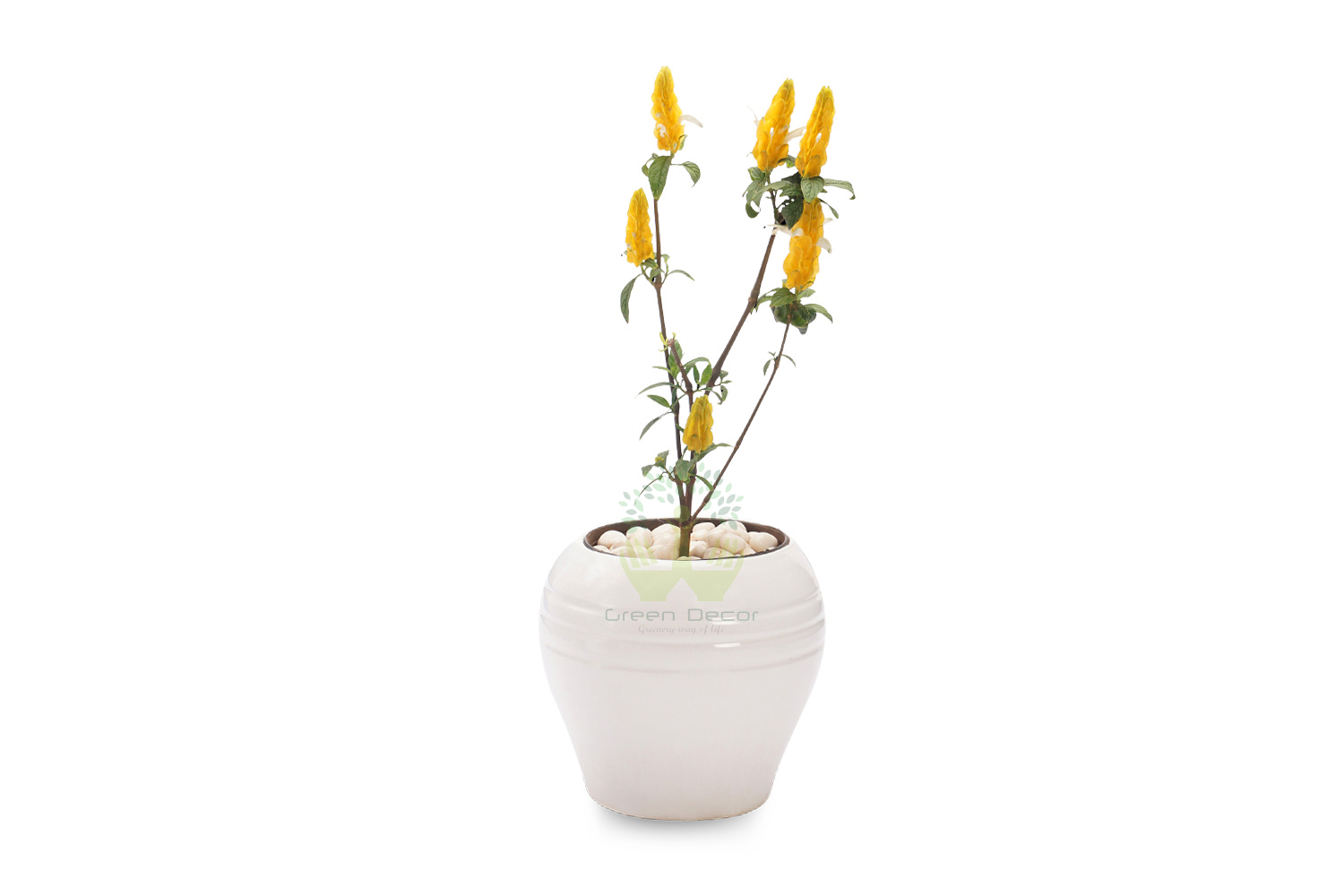Lantana
360
Maintenance Level
Low
Placements
Outdoor-Sunny
Toxic
YES
Fragrance
Strong
Seasons
Spring Summer
Plant Height
10" to 20"
Water Frequency
Winter
Weekly
Summer
Twice Week
Fertilizer Frequency
Winter
2-3 Month
Summer
2-3 Month
- About Lantana
- How To Grow Lantana
- Benefits of Lantana
- Maintenance Tips
- Shipping Info
Lantana plants produce flat-topped 2" clusters of bright, multi-colored tubular flowers in the summer and fall.The flowers open pink, yellow, lavender or orange before turning to red, white, rosy-purple or orange.It is not uncommon for several colors to be found in the same cluster.
Lantanas are easily grown in planters and are suitable for growing as house plants where they can be induced to bloom
during the winter months by growing them in a sunny window and keeping the flower buds pinched off until late fall.
Soil Need
Potting Soil Mix
Fertilizer (type)
All Purpose Fertilizer
Growth Pattern
Fast
Pruning
1-2 Month
Re-Potting
Every 12-13 Month
Process :
1. Lantana prefers a moist but well drained soil in full sun. It will benefit from being fed regularly during the growing season, which occurs in spring and summer.
2. Water lantana regularly for the first three weeks after planting. Afterward, water only during dry spells and after pruning.
3. Apply a 2- to 3-inch layer of mulch around the plant to help the soil hold moisture and reduce weeds.
4. Fertilize annually in early spring with a small amount of low-nitrogen fertilizer or a shovelful of compost.
5. Shear of the tips of the plants periodically in the summer to remove the old blossoms and encourage new ones.
6. Fertilize lightly and water deeply after shearing.
1. As a Tea, Lantana Leaves can be Used for Relief from Headaches, Fever, Flu, Coughs, Colds Toothaches and Indigestion.
2. Lantana Leaves are also known to be Antiphlogistic, Anti-dermatoses and have a Cooling Effect.
Do's
1. Prune lantana in late winter. Cut woody and leggy stems back to 6 to 12 inches above ground to encourage bushy growth.
2. The crushed foliage has a pleasant fragrance, but crushed flowers smell like cat urine. Trim trailing plants so that they don't cross sidewalks to avoid the offensive odor.
Don'ts
1. Avoid high-nitrogen fertilizer, Excessive nitrogen reduces flowering.
2. Don’t let your trailing Lantana get too dry.
